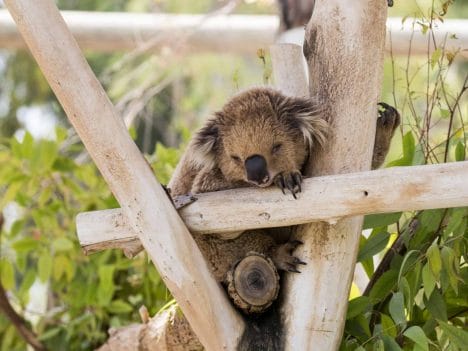Why are belly buttons different and can they be surgically altered?
Belly buttons, we all have them and they're all different despite most of us referring to having either an 'innie or an outie', but what if we don’t like the way our belly button looks, can you have it surgically altered? In today's blog we discuss all things 'belly buttons' and you might be surprised to learn some fascinating facts about those little areas in the centre of our abdomens.
Why do we have belly buttons?
The belly button signifies the connection between mother and baby via the umbilical cord, a flexible tube that carries oxygen and nutrients from the mother to the baby. The umbilical cord also carries waste away from the baby back to the mother, so her body can get rid of them. Your belly button marks the spot where your umbilical cord was once attached. So when you think about it your belly button is a truly beautiful reminder of how you came to life and the connection you shared with your mother.

What are the different types of belly button surgery?
Umbilicoplasty
Umbilicoplasty is surgery to address the belly button and is commonly carried out during tummy-tuck procedures. It can be carried out as a stand-alone procedure to address the size and shape of the navel. The procedure can make an 'outie' or an 'innie' (belly button sticks out or in, respectively) depending on what is desired. It is carried out under local anaesthetic and generally takes a week to recover. The area will be bruised and swollen initially but light exercise / activities can be resumed after a week. The overall results will be apparent within 3 months.
Umbilical Scar Correction
This addresses abnormal scars around the belly button. The treatment will depend on the nature of the problem and range from non-surgical treatments to formal reconstruction to create a new belly button.
An umbilical hernia is a bulge or pouch that forms in the abdomen. It can occur when the underlying intestine pushes overlying fat through weak areas in the abdomen, near to the belly button. The repair involves an incision around the belly button. This can either involve the entire circumference or part of the belly button. The fatty lump or loop of bowel is then pushed back into the tummy (abdomen) and the weak point around the area is tightened by sutures +/- a mesh. The procedure is generally carried out under local anaesthetic if it is small enough. Otherwise, it may require sedation/ general anaesthetic depending on the extent.

6 fun facts about belly buttons
- Your Belly button is your first scar. Your belly button is formed from scar tissue left over from the umbilical cord that joined you to your mother's placenta. Once the umbilical cord was cut, the stump that was left behind fell off, leaving you with what is now your weird, but wonderful, belly button.
- Belly buttons are swarming with bacteria. living within those dark, cavernous holes. The average person had 67 species swarming around in there. All together now... yuk!
- There are mammals that have no belly button at all. All placental mammals, that is those that were nourished before birth in the mother's womb, start with a belly button. However, most of these mammals including Kangaroos and Koala bears have their navels obscured by fur, fade over time, or have a thin scar or small bump instead.

- Gazing at your own navel was once a form of meditation. According to abc.net, Greek Christian monks of Mount Athos used a specific method of "navel contemplation" called Hesychasm, which was believed to give them a broader insight into divine glory. Each to their own!
- Even the Earth has a belly button. According to Smithsonian.com, in the heart of Utah's Grand Staircase-Escalante National Monument lives a giant pothole colloquially named the "Cosmic Navel". The unique land form is almost 200 feet wide, and geologists believe it may be up to 216,000 years old and some believe it to be the Earth belly button and we can't help, but see a resemblance.
- They pop out when women are pregnant. Pregnant women in the later stages of pregnancy may well see their belly buttons make a startling appearance. As the stomach extends to make way for the growing baby, coupled with the subsequent stretching of the skin the once nicely hidden belly button has no option, but to come out of its hiding place. Now might be the time to give it a really good clean if fact number 2 is going to be a consideration!


